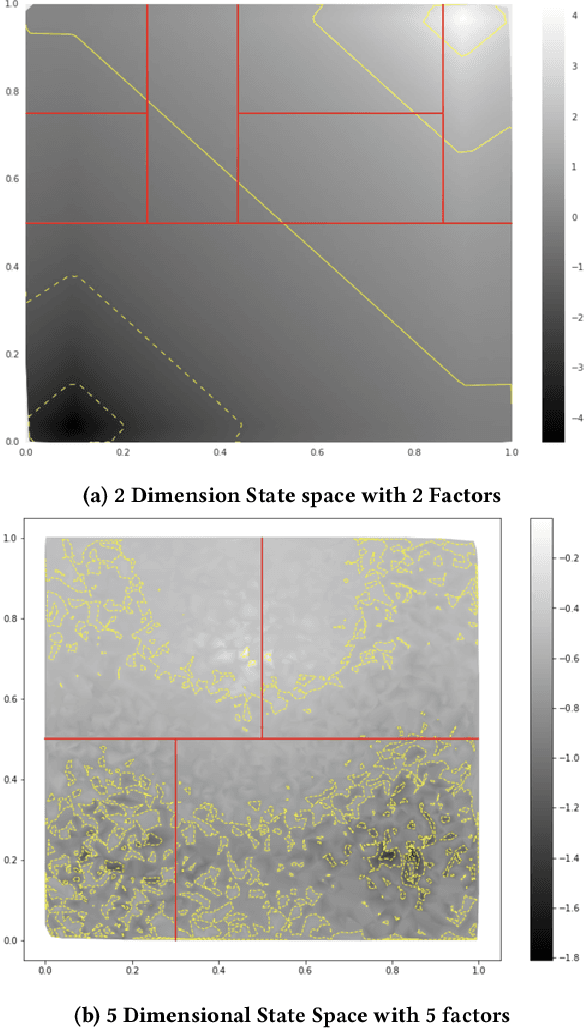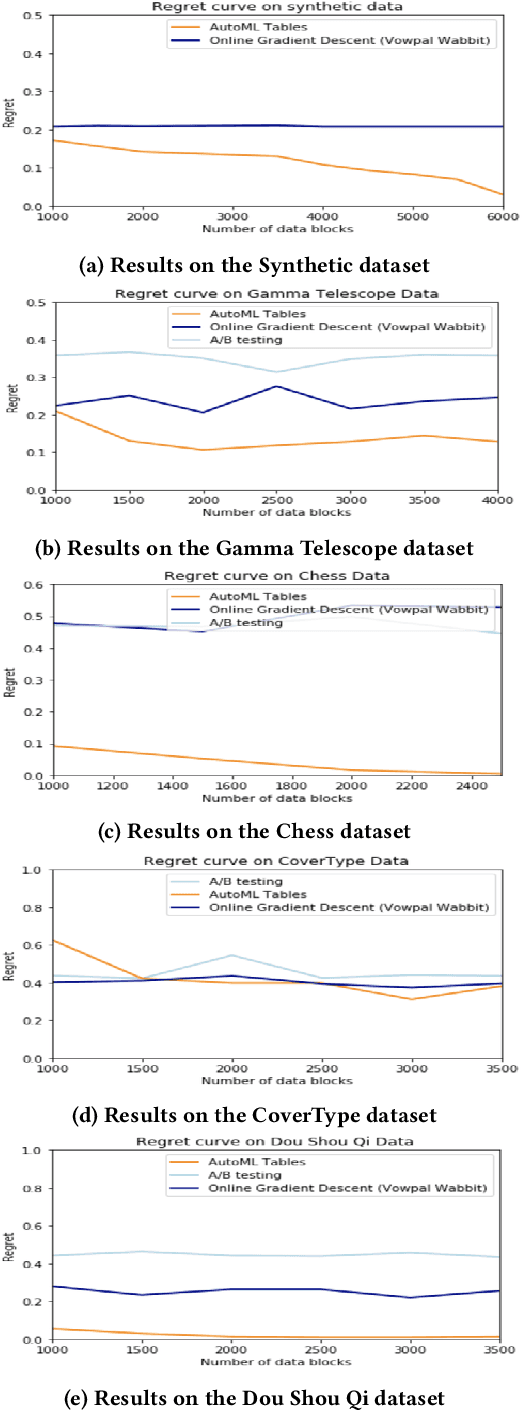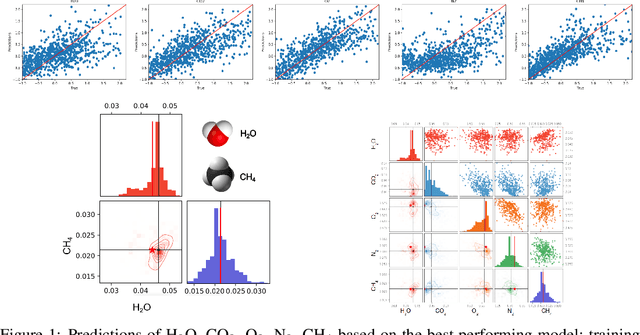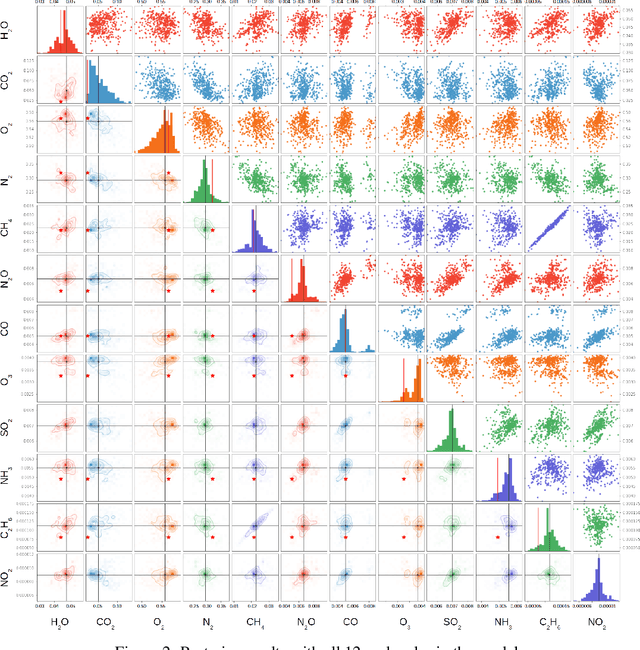Massimo Mascaro
3D Conditional Generative Adversarial Networks to enable large-scale seismic image enhancement
Nov 16, 2019



Abstract:We propose GAN-based image enhancement models for frequency enhancement of 2D and 3D seismic images. Seismic imagery is used to understand and characterize the Earth's subsurface for energy exploration. Because these images often suffer from resolution limitations and noise contamination, our proposed method performs large-scale seismic volume frequency enhancement and denoising. The enhanced images reduce uncertainty and improve decisions about issues, such as optimal well placement, that often rely on low signal-to-noise ratio (SNR) seismic volumes. We explored the impact of adding lithology class information to the models, resulting in improved performance on PSNR and SSIM metrics over a baseline model with no conditional information.
AutoML for Contextual Bandits
Sep 07, 2019

Abstract:Contextual Bandits is one of the widely popular techniques used in applications such as personalization, recommendation systems, mobile health, causal marketing etc . As a dynamic approach, it can be more efficient than standard A/B testing in minimizing regret. We propose an end to end automated meta-learning pipeline to approximate the optimal Q function for contextual bandits problems. We see that our model is able to perform much better than random exploration, being more regret efficient and able to converge with a limited number of samples, while remaining very general and easy to use due to the meta-learning approach. We used a linearly annealed e-greedy exploration policy to define the exploration vs exploitation schedule. We tested the system on a synthetic environment to characterize it fully and we evaluated it on some open source datasets to benchmark against prior work. We see that our model outperforms or performs comparatively to other models while requiring no tuning nor feature engineering.
Bayesian Deep Learning for Exoplanet Atmospheric Retrieval
Dec 02, 2018


Abstract:Over the past decade, the study of extrasolar planets has evolved rapidly from plain detection and identification to comprehensive categorization and characterization of exoplanet systems and their atmospheres. Atmospheric retrieval, the inverse modeling technique used to determine an exoplanetary atmosphere's temperature structure and composition from an observed spectrum, is both time-consuming and compute-intensive, requiring complex algorithms that compare thousands to millions of atmospheric models to the observational data to find the most probable values and associated uncertainties for each model parameter. For rocky, terrestrial planets, the retrieved atmospheric composition can give insight into the surface fluxes of gaseous species necessary to maintain the stability of that atmosphere, which may in turn provide insight into the geological and/or biological processes active on the planet. These atmospheres contain many molecules, some of them biosignatures, spectral fingerprints indicative of biological activity, which will become observable with the next generation of telescopes. Runtimes of traditional retrieval models scale with the number of model parameters, so as more molecular species are considered, runtimes can become prohibitively long. Recent advances in machine learning (ML) and computer vision offer new ways to reduce the time to perform a retrieval by orders of magnitude, given a sufficient data set to train with. Here we present an ML-based retrieval framework called Intelligent exoplaNet Atmospheric RetrievAl (INARA) that consists of a Bayesian deep learning model for retrieval and a data set of 3,000,000 synthetic rocky exoplanetary spectra generated using the NASA Planetary Spectrum Generator. Our work represents the first ML retrieval model for rocky, terrestrial exoplanets and the first synthetic data set of terrestrial spectra generated at this scale.
 Add to Chrome
Add to Chrome Add to Firefox
Add to Firefox Add to Edge
Add to Edge